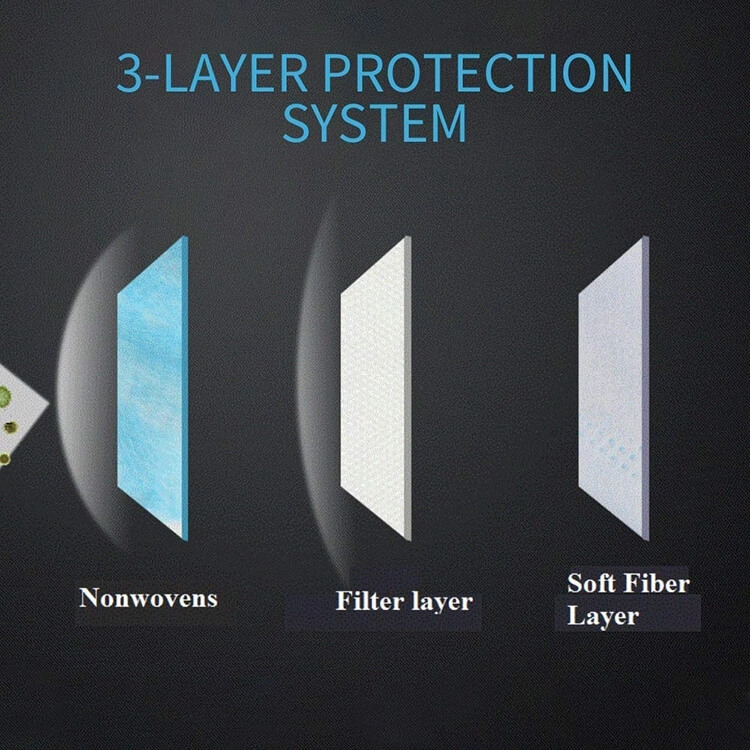N95 masks are one of nine standards that NIOSH developed in 1995.N” stands for “not resistant to oil.”95″ means the concentration of particles inside the mask is 95% lower than that outside the mask when exposed to a specified number of specialized test particles.95% of these values are not averages, but minimums.
Other NIOSH certified respirators include: N99, N100, R95, R99, R100, P95, P99, and P100, all of which cover N95.P” means that it is suitable for oily or non-oily particles. If it is used for oily particles, the use time shall follow the manufacturer’s advice.”99″ and “100” respectively refer to the filtration efficiency level.
According to oil resistance is divided into “N”, “R”, “P”, according to the capture rate is divided into “95”, “99” and “100”.R” stands for “resistant to oil”, “P” stands for “oil proof”, “99” in the capture rate means more than 99%, and “100” means more than 99.7%.
In addition, N100, P100, R100 three mask with 0.3 micron particles for testing, blocking efficiency must reach 99.7% above, N99, P99, R99 are filtering rate in 99% above, and N95, P95, R95 are filtering rate in 95% above.
Therefore, the N95 mask was tested with 0.3 micron sodium chloride particles, the barrier rate must be more than 95%, and after the user’s face tightness test, to ensure that the air can be in and out of the mask under the condition of close to the face edge.Only those who meet this test will be issued an N95 certification number.Generally speaking, through the domestic standards of the existing certification of qualified respirators are not up to N95 level standards.
10
C
London
Friday, December 12, 2025




